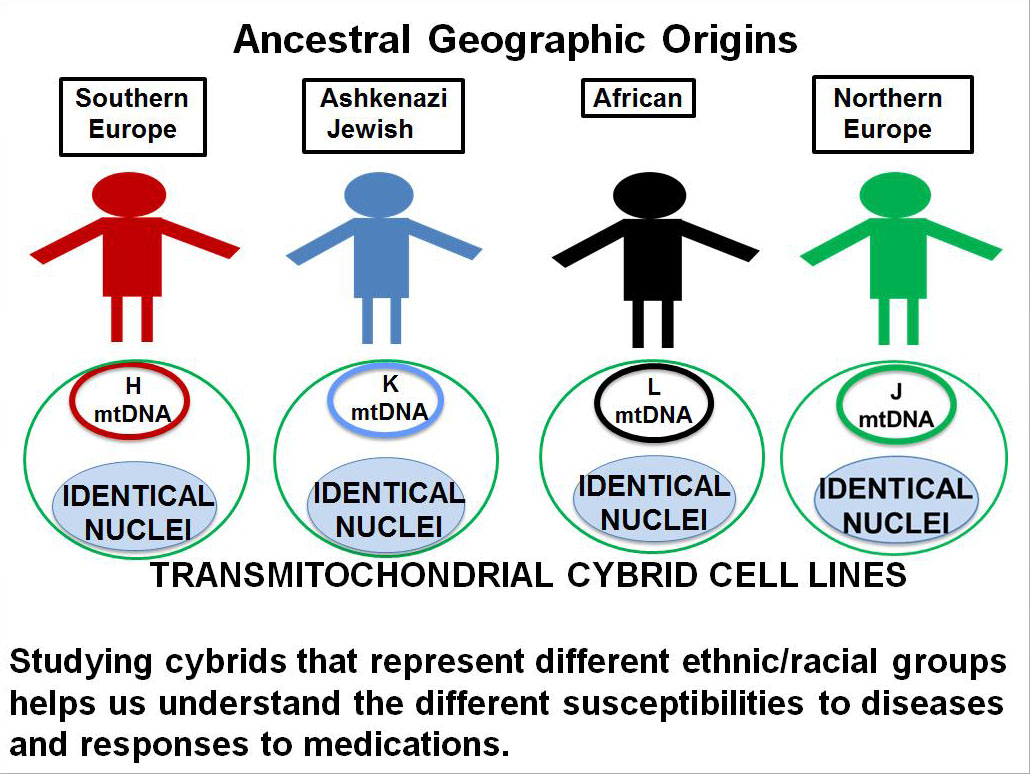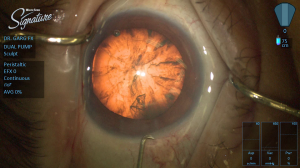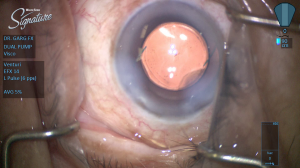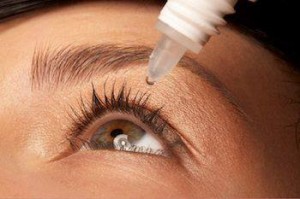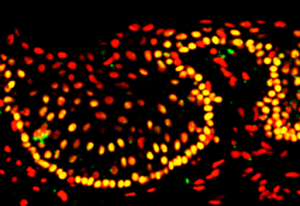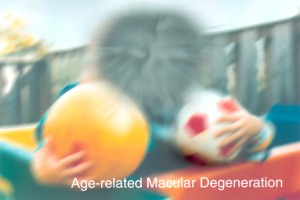Director of the Stem Cell and Retinal Regeneration Program at the Gavin Herbert Eye Institute (GHEI), Henry Klassen, MD, Ph.D., leads life-changing research that will affect and influence vision-saving treatments for years to come.
Watch below to hear from Dr. Klassen on his recent stem cell research:


